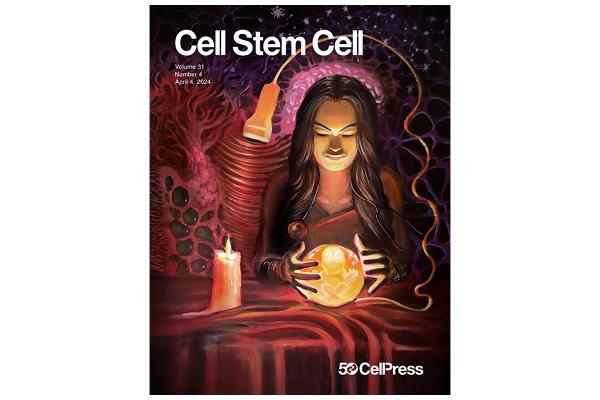
Adrian Epstein, MD, PhD, a neonatology research fellow, and Sara Janos, MD, a pediatric radiology fellow, have co-authored a recent article that appears in Cell Stem Cell.
The work is a collaborative effort between Eric Benner, MD, PhD’s lab and Charles Maxfield, MD (pediatric radiology). The article identifies a previously unknown injury to the subventricular zone stem cell niche. The paper noted that ultrasound detection of subventricular zone echogenicity (SVE) may serve as an early biomarker for neurodevelopmental impairment after inflammatory disease in preterm infants.
Investigators reduce time to identify brain injury to within a few days of the insult
There are currently no imaging studies that can identify the most common form of brain injury in preterm infants until after term corrected age is reached. This is often months after the injury has occurred. However, using the approach outlined in the manuscript, investigators were able to determine which preterm infants had this type of brain injury within a few days of the insult. The early biomarker can be used to better prognosticate infants sooner for families and may also be used to identify which infants need a possible therapy that is currently under development.
The paper is used for the cover of Cell Stem Cell's Apr 04, 2024 issue.
On the cover (pictured): Early diagnosis of preterm brain injuries remains a significant challenge. In this issue, Epstein et al. reveal an injury to the subventricular zone in preterm infants that predicts cerebral palsy and motor impairment much earlier than is currently feasible in babies. The injury is visible using cranial ultrasound. The cover art, painted by Cassidy Logan, shows a fortune teller who is predicting the neurologic outcome of a preterm infant using a crystal ball. Her vision of the child's likely health outcome is informed by the ultrasound signals taken at the subventricular zone where the integrity of the neural stem cell niche leads to production and migration of progenitor cells for the developing brain.The cover art was done by a local special needs teacher in Durham, NC.